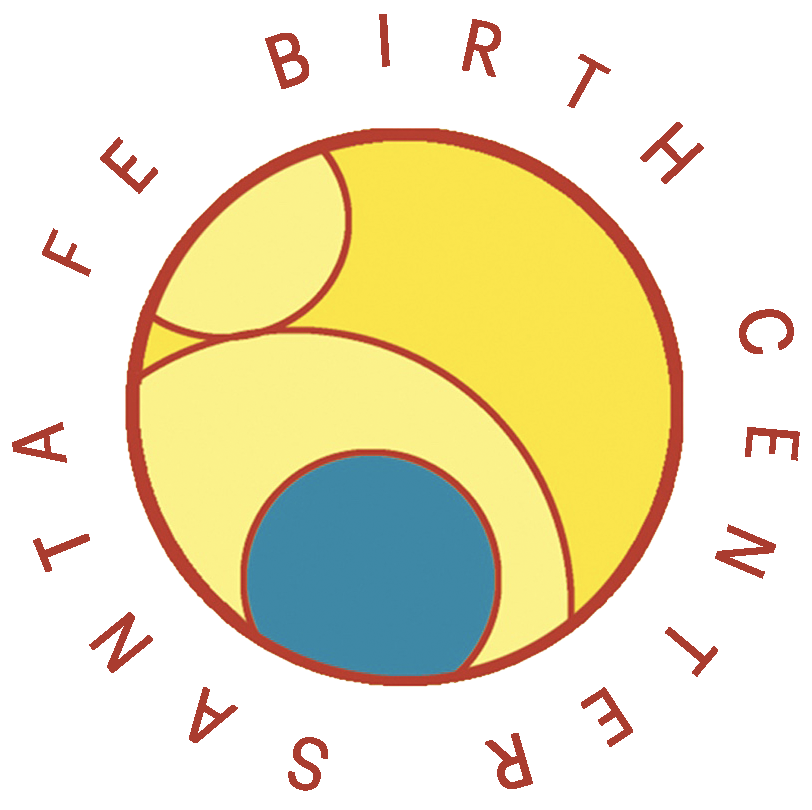
History
A History of Midwifery Care in New Mexico
Santa Fe Birth Center joins the historical tradition of progressive birth choices for the diverse families of New Mexico.
The first birth center in the United States, the Catholic Maternity Institute, providing both homebirth and birth center services, was open in Santa Fe for twenty five years from 1944 until 1969. Many women birthed in the center’s “la casita” on Palace Avenue. Santa Fe Birth Center hopes to further the tradition of long standing birth centers with both homebirth and birth center options.
The Catholic Maternity Institute in Santa Fe
The decline of infant death in NM from 1940-1979
In the early twentieth century more than 800 curanderas/parteras – traditional Hispanic midwife healers practiced throughout New Mexico. Although training and health care advances have vastly changed midwifery care since that time, the curanderas/parteras provided essential services in rural areas, and a firm foundation for continuing midwifery care in New Mexico.
Curanderas/Parteras (traditional healers/midwives) in New Mexico in the early 20th century.
In 1979 the old midwifery laws were scheduled for legislative review. Rather than allow the repeal of the old laws, Elizabeth Gilmore, a licensed midwife who began and operated the Northern New Mexico Midwifery Center in Taos spearheaded a campaign to update midwifery laws. Through Elizabeth’s and many other’s efforts New Mexico has some of the most progressive laws and regulations for midwives in the country.
Legendary midwife Doña Jesusita Aragon delivered more than 12,000 babies.
Midwife Elizabeth Gilmore advocated for progressive midwifery laws.
Midwives continue to sustain immense efforts to expand and improve midwifery care and regulations. In the last 10 years a coalition of midwives from two birth centers, Dar a Luz and Breath of My Heart created regulations specifically for birth centers now adopted by the Department of Health. New Mexico Midwives Association has also recently updated the Guidelines for New Mexico Midwives. Changing Woman Initiative in Albuquerque offers birth services for indigenous women and families.
Although training and scope of practice differs, all midwives offer families expanded choices in birth care. Licensed midwives (LMs), certified professional midwives (CPMs) and certified nurse midwives (CNMs) practice in New Mexico. The University of New Mexico trains CNMs. LMs and CPMs train through direct entry midwifery programs. Santa Fe Birth Center hires all licensures of midwives.
We are grateful to all those who have worked tirelessly to provide excellent choices for birth care in New Mexico.
“And that is the mystery of life,
something that seems to take so long
is only a necklace of moments…”
— Stephanie Selene Anderson





